Home>Interior Design>Buying Designer Furniture: How To Invest In Original Designs
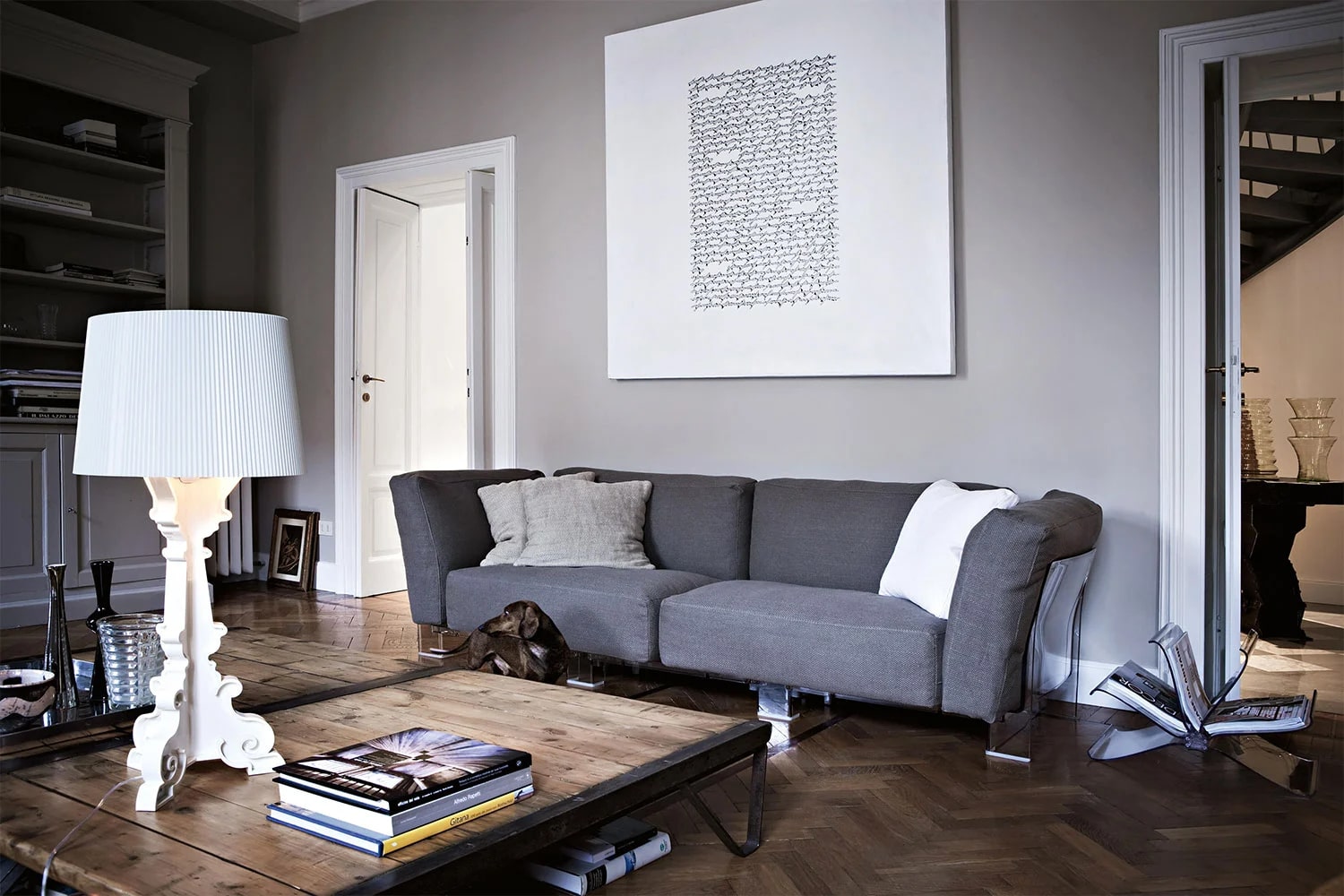

Interior Design
Buying Designer Furniture: How To Invest In Original Designs
Modified: January 6, 2024
Discover how to invest in original designer furniture for your interior design projects. Learn the essential tips and tricks for buying authentic designs.
(Many of the links in this article redirect to a specific reviewed product. Your purchase of these products through affiliate links helps to generate commission for Storables.com, at no extra cost. Learn more)
Introduction
Welcome to the world of interior design! If you’re looking to elevate your living space with designer furniture, you’ve come to the right place. Investing in original, high-quality designs can not only enhance the aesthetics of your home but also bring a sense of style, sophistication, and individuality to your living spaces.
However, buying designer furniture can be a daunting task, especially with the numerous options available in the market. This article aims to guide you through the process of investing in original designs by providing valuable insights and tips to make informed decisions.
Whether you’re a seasoned interior design enthusiast or a beginner looking to upgrade your home decor, this article will help you navigate the intricate world of designer furniture. From researching brands to identifying authenticity, evaluating quality, and selecting the right materials, we will cover it all.
So, let’s begin our journey into the enchanting world of designer furniture. Get ready to discover the secrets of acquiring unique, timeless pieces that will transform your living spaces into a true reflection of your personal style and taste.
But first, let’s shed some light on the importance of researching designer furniture brands.
Key Takeaways:
- Invest in designer furniture to create a home that reflects your unique style and enhances the overall aesthetic appeal of your living spaces. Research brands, evaluate quality, and consider long-term value to make informed and rewarding investments.
- When shopping for designer furniture, set a budget, measure your space, and test the furniture for comfort and quality. Explore different styles, materials, and finishes to curate a home that exudes elegance, sophistication, and individuality.
Read more: Where To Buy A Living Room Furniture
Researching Designer Furniture Brands
When it comes to investing in designer furniture, it’s crucial to conduct thorough research on different brands. Not all brands are created equal, and understanding their reputation, history, and design aesthetic will help you make an informed decision.
Start by exploring reputable interior design magazines, websites, and blogs. These sources often feature articles and reviews about top designer furniture brands, providing valuable insights into their design philosophy, craftsmanship, and overall quality.
Online forums and social media platforms are also excellent resources for gathering information and hearing from individuals who have purchased furniture from specific brands. Take the time to read reviews and testimonials, as they can offer valuable firsthand experiences that can help you gauge the quality and customer satisfaction levels of different brands.
In addition to online research, visiting physical showrooms and design exhibitions can give you a firsthand experience of the furniture pieces. Seeing and experiencing the quality and craftsmanship in person can help you make a more informed decision.
While researching designer furniture brands, keep an eye out for their design aesthetics. Each brand has its own unique style, ranging from classic and traditional to modern and contemporary. Identifying which design aesthetic resonates with your personal taste will narrow down your choices and guide you towards brands that align with your vision.
Furthermore, consider the materials and sustainability practices of different brands. Many designer furniture brands prioritize using sustainable materials and eco-friendly production processes, which not only contribute to a healthier environment but also ensure the longevity of your furniture.
By conducting thorough research on designer furniture brands, you will gain valuable insights into their reputation, design aesthetics, craftsmanship, and sustainability practices. Armed with this knowledge, you can confidently move forward in your journey to invest in original and high-quality designer furniture.
Understanding the Value of Original Designs
When it comes to buying designer furniture, understanding the value of original designs is essential. Originality not only adds exclusivity to your living spaces but also holds intrinsic value in terms of craftsmanship, aesthetics, and long-term investment potential.
Original designs are the result of the creative vision and expertise of talented designers. They bring a unique and distinct character to your home, setting it apart from mass-produced furniture that lacks the same level of craftsmanship and attention to detail.
One of the key advantages of investing in original designs is the high-quality craftsmanship. Designer furniture is often handcrafted by skilled artisans who dedicate their time and expertise to create functional and beautiful pieces. From intricate joinery techniques to meticulous upholstery work, every detail is carefully considered to ensure both durability and visual appeal.
Additionally, original designs tend to feature innovative and cutting-edge concepts. Designers push boundaries, exploring new materials, shapes, and forms to create furniture that not only meets functional needs but also captivates through its artistic expression. By investing in original designs, you bring these avant-garde ideas into your home, creating an environment that is both visually stimulating and thought-provoking.
Moreover, original designer furniture often holds its value better over time compared to mass-produced pieces. As authentic designs are produced in limited quantities, their scarcity increases their desirability and value. This means that if you choose to resell or pass down your furniture in the future, you have a higher chance of receiving a return on your initial investment.
Lastly, original designs bring a sense of individuality and personal expression to your living spaces. They allow you to create a home that reflects your unique taste, style, and personality. By curating a collection of original designer pieces, you cultivate an environment that is an extension of yourself, creating a space that is truly one-of-a-kind.
When investing in designer furniture, it’s important to recognize the value of original designs. Not only do they offer exceptional craftsmanship and unique aesthetics, but they also retain their value over time and allow you to create a space that is a true reflection of your personality. So, embrace the beauty of originality and let it transform your living spaces into something extraordinary.
Setting a Budget for Designer Furniture Investments
Investing in designer furniture can be a significant financial commitment, so it’s important to set a budget that aligns with your goals and financial capabilities. By establishing a budget, you can make more informed decisions and ensure that your investments are both affordable and sustainable.
Start by evaluating your overall financial situation and determining how much you are comfortable spending on designer furniture. Consider factors such as your income, savings, and any other financial obligations you may have. It’s important to strike a balance between investing in quality pieces and maintaining a healthy financial position.
Research the price range of designer furniture in the market to get an idea of what to expect. Prices can vary significantly depending on the brand, materials used, and the complexity of the design. Remember that designer furniture often comes with a higher price tag due to its craftsmanship, exclusivity, and overall quality.
Another important aspect of setting a budget for designer furniture is prioritizing your needs. Determine which areas of your home require furniture upgrades and focus your budget accordingly. By identifying your priorities, you can allocate your resources wisely and ensure that you get the most value out of your investments.
Consider the long-term cost of ownership when setting your budget. Designer furniture is built to last, but it may require occasional maintenance or repairs. Factor in these potential expenses when determining your budget to ensure that you can afford to properly care for your furniture over time.
Lastly, be open to exploring different options within your budget. While it’s tempting to solely focus on high-end designer brands, there are often more affordable alternatives available that still offer quality and style. Look for emerging designers or consider purchasing pre-owned designer furniture to get more bang for your buck.
Setting a budget for designer furniture investments allows you to make informed decisions and ensures that you are making realistic and sustainable purchases. By determining your financial limits and exploring all available options, you can create a beautiful and functional living space without compromising your financial well-being.
Identifying Authenticity and Avoiding Fakes
When investing in designer furniture, it’s crucial to ensure that you are purchasing authentic pieces to avoid falling victim to counterfeit or fake products. Here are some tips to help you identify authenticity and avoid fakes:
1. Research the brand: Start by researching the brand you plan to purchase from. Established and reputable designer furniture brands have a strong track record and often have measures in place to protect their designs from being counterfeited. Look for information on the brand’s website, read customer reviews, and check if they have any certifications or partnerships that vouch for their authenticity.
2. Study the design details: Authentic designer furniture pieces often have unique design features and meticulous attention to detail. Study the piece you are interested in and compare it with official product images or catalogs provided by the brand. Look for precise stitching, high-quality materials, and intricate craftsmanship that are consistent with the brand’s reputation and design aesthetic.
3. Check for authenticity marks: Many designer furniture brands incorporate authentication marks or labels on their products. These can include certification seals, holograms, or serial numbers. Research the specific marks used by the brand you are considering and carefully validate their presence and authenticity. If purchasing from a physical store, ask the salesperson to provide any relevant documentation or certificates of authenticity.
4. Purchase from authorized dealers: To ensure the authenticity of designer furniture, it is advisable to purchase from authorized dealers or directly from the brand’s official stores or websites. Authorized retailers often have agreements with the brand and guarantee the authenticity of the products they sell. Avoid purchasing from unknown or unauthorized sellers, particularly if the price seems too good to be true.
5. Be cautious of online marketplaces: While online marketplaces can offer convenience and a wide range of options, they can also be a hotbed for counterfeit products. Exercise caution when purchasing designer furniture from online platforms and thoroughly research the seller’s reputation and customer feedback. Additionally, carefully examine product descriptions, images, and seller warranties to ensure that they align with the authenticity of the brand.
6. Seek professional opinions if in doubt: If you have doubts about the authenticity of a designer furniture piece, consult with interior designers, furniture experts, or appraisers who can provide valuable insights and help verify its authenticity. They have the expertise and experience to identify telltale signs of counterfeits and replicas.
By being diligent and conducting thorough research, you can effectively identify authentic designer furniture and avoid falling prey to fake or counterfeit products. Investing in genuine pieces not only ensures you are getting the quality and craftsmanship you desire but also supports the talented designers who create these remarkable works of art.
Evaluating the Quality and Craftsmanship of Designer Furniture
When investing in designer furniture, it’s essential to evaluate the quality and craftsmanship to ensure that you are getting a piece that not only looks stunning but also stands the test of time. Here are some key factors to consider when evaluating the quality and craftsmanship of designer furniture:
1. Material selection: High-quality designer furniture is often crafted from premium materials that are durable and visually appealing. Pay attention to the materials used, such as solid wood, leather, or high-grade upholstery fabrics. Look for signs of excellent material quality, such as smooth finishes, tight upholstery, and precision in joinery.
2. Construction techniques: The construction of designer furniture can significantly impact its longevity and quality. Look for precise and sturdy joinery, such as dovetail or mortise and tenon joints, which indicate superior craftsmanship. Avoid furniture with visible glue marks or weak joints, as these are signs of poor construction.
3. Finishing details: Attention to detail in the finishing touches is a hallmark of quality designer furniture. Examine the seams, edges, and corners to ensure clean, smooth finishes. Look for consistent staining or painting, absence of drips or irregularities, and well-matched patterns or grains for upholstered pieces.
4. Comfort and functionality: While aesthetics are important, comfort and functionality are equally crucial when evaluating designer furniture. Test the comfort level of seating furniture by sitting on it and assessing the ergonomics. Check for ease of movement, such as smooth drawer slides, properly aligned doors, and well-balanced table legs.
5. Weight and stability: Quality designer furniture tends to be heavier and more stable than lower-quality alternatives. Lift and move the piece (if possible) to assess its weight and feel. Ensure that it feels solid and does not wobble or sway. Stability is important for safety and the longevity of the furniture.
6. Brand reputation: Consider the reputation of the designer furniture brand itself. Established brands often have a history of producing high-quality pieces and are known for their craftsmanship. Research customer reviews, testimonials, and expert opinions to gauge the brand’s reputation for quality and customer satisfaction.
7. Warranty and after-sales support: Check if the designer furniture comes with a warranty or guarantee from the manufacturer. A reputable brand stands behind its products and offers warranties that cover manufacturing defects or structural issues. Additionally, inquire about after-sales support and the availability of replacement parts or repairs, which is important for the long-term maintenance of your furniture.
By carefully evaluating the quality and craftsmanship of designer furniture, you can ensure that your investment is worthwhile. Quality furniture not only adds beauty to your space but also provides comfort, durability, and a sense of pride in owning something truly exceptional. Take the time to examine these details and make an informed decision before making your purchase.
When buying designer furniture, look for original designs that are timeless and well-crafted. Consider the materials used and the reputation of the designer to ensure a good investment.
Considering the Long-Term Resale Value
When investing in designer furniture, it’s important to consider the long-term resale value of your purchase. While you may initially buy furniture for personal use and enjoyment, understanding its potential resale value can be beneficial if your circumstances change or if you decide to upgrade your collection in the future.
Here are some key factors to consider when evaluating the long-term resale value of designer furniture:
1. Brand reputation: The reputation of the designer furniture brand plays a significant role in determining its resale value. Established and well-known brands tend to hold their value better over time due to their strong brand recognition and desirability. Brands with a history of producing timeless designs that transcend trends are more likely to retain their value in the resale market.
2. Design aesthetics: The design aesthetics of the furniture piece can influence its resale value. Classic and timeless designs often have broader appeal and stand the test of time, making them more likely to hold their value. On the other hand, highly trendy or niche designs may have a limited audience and may depreciate more quickly. Consider opting for furniture with versatile designs that can fit different interior styles and preferences.
3. Condition and maintenance: The condition of the furniture is crucial when it comes to resale value. Regular and proper maintenance, such as cleaning, polishing, and upholstery care, can help preserve the furniture’s original condition. Take care to avoid excessive wear and tear or damage that would significantly impact its value. Well-maintained furniture is more attractive to potential buyers and can command a higher resale price.
4. Rarity and exclusivity: Limited-edition or rare designer furniture pieces often have a higher resale value due to their exclusivity and scarcity. If you have the opportunity to invest in special editions or collaborations, they can be particularly valuable in the future. However, keep in mind that rarity alone doesn’t guarantee value appreciation; it should be coupled with other factors such as brand reputation and design aesthetics.
5. Market demand: The demand for specific designer furniture brands or styles can fluctuate over time. Stay informed about current market trends and preferences to gauge the potential resale value of your furniture. Explore online marketplaces, auction houses, and specialized dealers to get a sense of the demand for similar pieces.
6. Original documentation: Keeping the original documentation, such as certificates of authenticity, receipts, and warranty papers, can help bolster the resale value of your designer furniture. These documents provide proof of purchase, brand authenticity, and any warranty coverage that may be transferable to the new owner. Organize and preserve these documents for future reference.
7. Timing: The timing of your resale can affect the price you can fetch for your designer furniture. Consider market conditions and trends when planning to sell. Timing your resale during periods of high demand or when a particular style or designer is in vogue can potentially fetch a higher price.
While the long-term resale value of designer furniture is never a guarantee, considering these factors can help you make informed decisions and maximize the potential return on your investment. By choosing timeless designs, maintaining the furniture’s condition, and staying informed about market trends, you can increase the chances of selling your designer furniture for a favorable price if and when the time comes.
Exploring Different Styles and Aesthetics in Designer Furniture
Designer furniture encompasses a wide range of styles and aesthetics, allowing you to find pieces that perfectly reflect your personal taste and complement your interior design vision. Exploring different styles and aesthetics in designer furniture opens up a world of creativity and possibilities. Here are some popular styles to consider:
1. Modern and Contemporary: Clean lines, sleek forms, and minimal ornamentation are characteristic of modern and contemporary designer furniture. This style often emphasizes functionality and simplicity, resulting in sleek and uncluttered designs. Materials like metal, glass, and leather are commonly used in modern and contemporary pieces, creating a sophisticated and timeless look.
2. Mid-Century Modern: Inspired by the designs of the 1950s and 1960s, mid-century modern furniture showcases organic shapes, natural materials, and a focus on functionality. It features iconic elements such as tapered legs, clean lines, and bold, vibrant colors. Mid-century modern furniture adds a touch of retro charm to any space and is highly sought after by collectors and design enthusiasts.
3. Traditional and Classic: Traditional and classic designer furniture exudes elegance, luxury, and timelessness. This style incorporates ornate details, rich textures, and opulent materials like wood, velvet, and intricate carvings. Classic furniture designs draw inspiration from different historical periods and evoke a sense of grandeur and sophistication.
4. Industrial: Industrial designer furniture embraces the raw and rugged aesthetic of exposed materials and structural elements. Metal, reclaimed wood, and concrete are often used, highlighting the industrial origins of this style. It features utilitarian designs with a focus on functionality, often incorporating elements like visible hardware, distressed finishes, and salvaged materials.
5. Scandinavian: Known for its simplicity, functionality, and emphasis on natural materials, Scandinavian designer furniture combines sleek lines with a cozy and welcoming ambiance. Light-colored woods, such as beech or birch, are often used, along with soft hues and natural fabrics. Scandinavian designs are minimalistic, uncluttered, and promote a sense of tranquility and harmony in the space.
6. Eclectic: Eclectic furniture combines various styles, eras, and cultural influences to create a unique and personalized look. This style allows you to freely mix and match different pieces, creating a visually interesting and dynamic interior. Eclectic designer furniture encourages creativity and self-expression, enabling you to curate a space that tells your own story and reflects your personality.
When exploring different styles and aesthetics, take inspiration from interior design magazines, websites, and social media platforms. Create mood boards or visual collages to help you visualize how different pieces can come together to create a cohesive and harmonious look.
Remember, while it’s important to explore different styles, staying true to your personal taste and overall design vision is crucial. The goal is to create a space that reflects your personality, style, and the functionality you desire. By immersing yourself in the world of different styles and aesthetics, you can find designer furniture that seamlessly integrates into your interior design scheme and brings your vision to life.
Selecting the Right Materials and Finishes
Selecting the right materials and finishes for your designer furniture is essential to ensure both visual appeal and durability. The choice of materials can significantly impact the style, comfort, and lifespan of the furniture piece. Here are some key considerations when selecting materials and finishes:
1. Wood: Wood is a popular choice for designer furniture due to its natural beauty, warmth, and durability. Different types of wood offer varying characteristics, such as oak for its strength and grain patterns, walnut for its rich tones, or teak for its resistance to moisture. Consider the overall aesthetic of your space and choose a wood type and finish that complements your design vision.
2. Metal: Metal is a versatile material used in various designer furniture styles. It can provide a sleek and modern look, as seen in stainless steel or chrome finishes, or add an industrial touch with distressed or matte black finishes. Metal can also be used structurally for strong frames, legs, or accents, adding stability and longevity to the furniture piece.
3. Upholstery Fabrics: Upholstery fabrics greatly impact the comfort, texture, and visual appeal of furniture. Consider factors such as durability, stain resistance, and cleaning requirements when choosing upholstery fabrics. Fabrics like linen, cotton, and velvet are popular choices for their softness and aesthetic versatility. Leather is another luxurious option known for its durability and timeless appeal.
4. Finishes: The finish of the furniture affects its overall look and feel. Different finishes can enhance the natural beauty of wood, such as staining to bring out the grain or a matte varnish for a soft and natural appearance. For metal finishes, options range from polished to brushed or even powder-coated for added durability. The choice of finish should complement the style and aesthetics of your overall design.
5. Glass: Glass is commonly used in designer furniture to create a sense of elegance and lightness. It can be incorporated as tabletops, shelves, or even as decorative accents. Consider the type of glass, such as clear, frosted, or tinted, to achieve the desired effect and functionality.
6. Other Natural Materials: Designer furniture often incorporates other natural materials, such as stone, rattan, or bamboo, to add texture and organic elements. These materials can create a unique and captivating design while providing a connection to nature.
When selecting materials and finishes, consider the functionality and maintenance requirements. If the furniture will be heavily used or exposed to spills or stains, opt for durable and easy-to-clean materials. Additionally, think about the overall aesthetic and how the materials and finishes will harmonize with your existing decor and other furniture pieces.
Remember, the choice of materials and finishes should align with your personal style, lifestyle, and design goals. Don’t hesitate to consult with interior designers or furniture experts for guidance and recommendations on the best materials and finishes for your specific needs.
By carefully selecting the right materials and finishes, you can ensure that your designer furniture not only looks stunning but also withstands the test of time, providing you with both aesthetic pleasure and functional longevity.
Read more: Where To Buy Furniture
Furniture Shopping Tips and Strategies
Furniture shopping can be an exciting yet overwhelming experience, especially when it comes to investing in designer pieces. To make the process more manageable and ensure you make informed decisions, here are some helpful furniture shopping tips and strategies:
1. Measure your space: Before you start shopping, measure the dimensions of the room where the furniture will be placed. Consider doorways, hallways, and other obstacles to ensure that the furniture can be delivered and fit into your space comfortably. This step will help you narrow down your options and avoid purchasing oversized or ill-fitting pieces.
2. Set a budget: Determine a budget range for your furniture purchase and stick to it. This will help you focus on options that are within your financial means and prevent overspending. Remember to consider not just the upfront cost but also long-term maintenance expenses, warranties, and potential resale value.
3. Research prices and compare: Do your homework and research prices for the specific types of furniture you are interested in. Compare prices across different brands, retailers, and online platforms to get a sense of the average cost and identify any discounts or promotions available. Be wary of overly discounted prices, as they could be an indication of poor quality or counterfeit products.
4. Test the furniture: If possible, physically test the furniture by sitting on chairs, testing comfort levels of sofas, or opening and closing drawers and cabinets. Pay attention to the overall feel, comfort, and quality of construction. Ensure that the furniture meets your expectations in terms of both aesthetics and functionality.
5. Read reviews and seek recommendations: Before making a purchase, read online reviews and seek recommendations from friends, family, or interior design professionals. Honest reviews and personal experiences can provide valuable insights into the quality, durability, and overall customer satisfaction of different furniture brands and retailers.
6. Ask about warranties and return policies: Inquire about warranties offered by the manufacturer or retailer. A comprehensive warranty can provide peace of mind and offer protection against manufacturing defects or structural issues. Additionally, familiarize yourself with the retailer’s return policy in case you need to return or exchange the furniture due to any unforeseen issues.
7. Consider eco-friendly options: If sustainability is important to you, look for furniture made from eco-friendly materials or those that have a low environmental impact. Determine if the manufacturer follows sustainable practices, such as using recycled materials or employing ethical production processes.
8. Explore online and offline options: Take advantage of both online and offline shopping options. Online platforms offer convenience and a wide selection, while physical stores allow you to see and feel the furniture in person. Consider visiting furniture showrooms or attending design exhibitions to get inspiration and see new collections firsthand.
9. Ask about customization: Some designer furniture brands offer customization options, allowing you to choose specific materials, finishes, or even tailor the dimensions to suit your needs. Inquire about these possibilities to create furniture that perfectly fits your space and personal style.
10. Trust your instincts: Ultimately, trust your instincts and choose furniture that resonates with your personal style and brings you joy. Take your time, gather inspiration, and find pieces that reflect your unique taste and enhance your living spaces.
By following these furniture shopping tips and strategies, you can navigate the process with confidence and make well-informed decisions. Remember, investing in designer furniture is not just about aesthetics, but also about finding pieces that will bring comfort, functionality, and a touch of luxury to your home for years to come.
Conclusion
Investing in designer furniture is a rewarding endeavor that allows you to create a home that reflects your personal style and enhances the overall aesthetic appeal of your living spaces. By following the tips and strategies outlined in this article, you can make informed decisions and ensure that your investments in designer furniture are both visually captivating and durable.
Start by conducting thorough research on different designer furniture brands, exploring their reputation, design aesthetics, and sustainability practices. This will help you narrow down your options and select brands that align with your preferences and values. Keep in mind that original designs hold intrinsic value, offering exceptional craftsmanship, innovative concepts, and the potential for long-term resale value.
Evaluate the quality and craftsmanship of the furniture pieces you are interested in. Consider the materials used, construction techniques, finishing details, and comfort level to ensure that you are investing in furniture that not only looks stunning but is built to withstand the test of time. Understanding the long-term resale value is also important, as it ensures that your furniture retains its value and provides a potential return on your investment in the future.
Take the time to explore different styles and aesthetics to find designer furniture that aligns with your personal taste and complements your overall interior design vision. Consider factors such as materials, finishes, and functionality to ensure that the furniture pieces not only add beauty to your space but also meet your specific needs and preferences.
When it comes to furniture shopping, remember to set a budget, measure your space, and test the furniture for comfort and quality. Read reviews, ask for recommendations, and be aware of warranties and return policies. Explore both online and offline options, and don’t hesitate to ask about customization possibilities to create truly unique pieces.
In conclusion, investing in designer furniture is an opportunity to curate a home that is a true reflection of your personal style and taste. By taking the time to research, evaluate, and select the right pieces, you can create a living space that exudes elegance, sophistication, and individuality. So, embark on your furniture-buying journey with confidence, and enjoy the process of transforming your home into a sanctuary of style and comfort.
Frequently Asked Questions about Buying Designer Furniture: How To Invest In Original Designs
Was this page helpful?
At Storables.com, we guarantee accurate and reliable information. Our content, validated by Expert Board Contributors, is crafted following stringent Editorial Policies. We're committed to providing you with well-researched, expert-backed insights for all your informational needs.
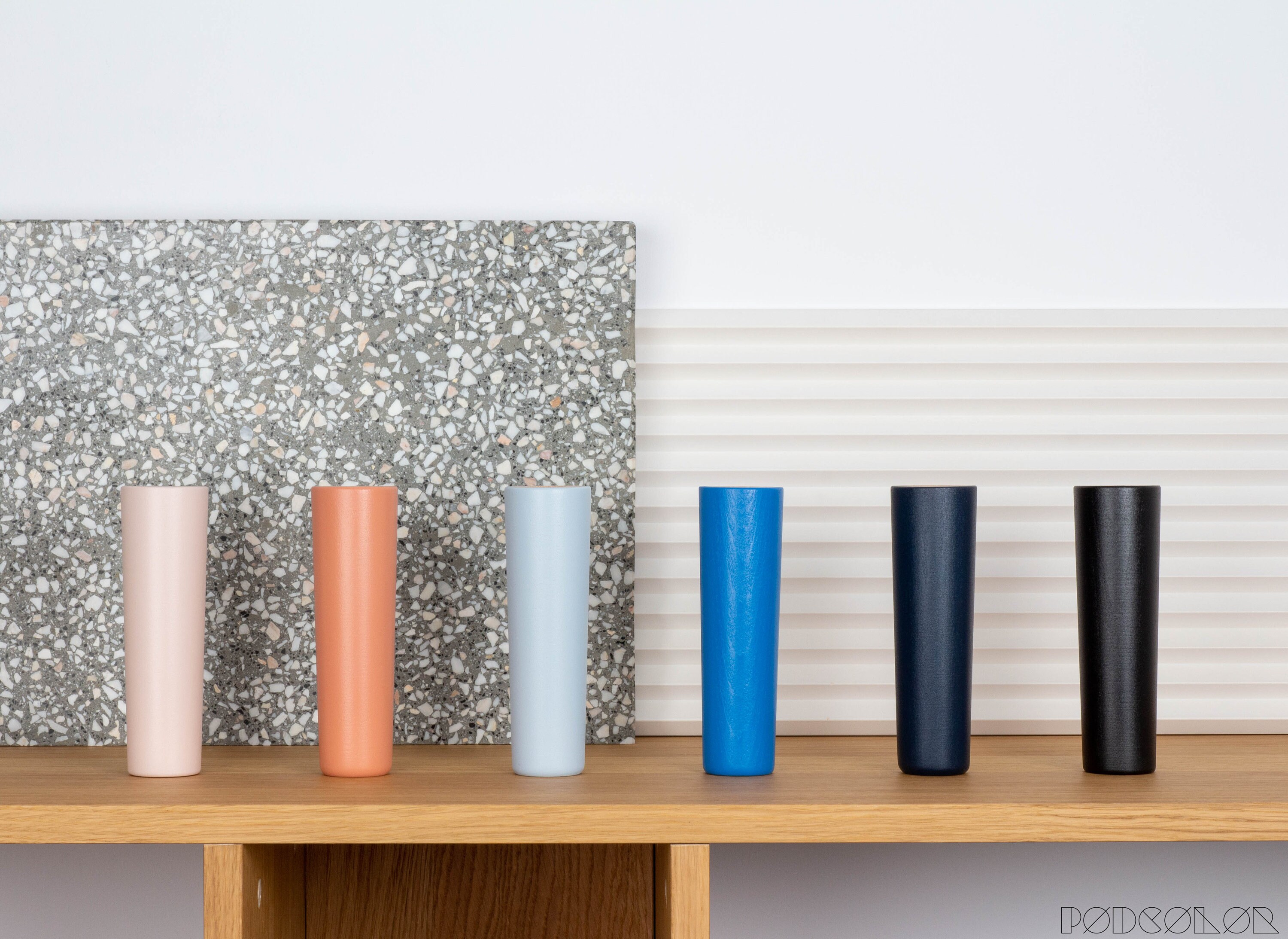
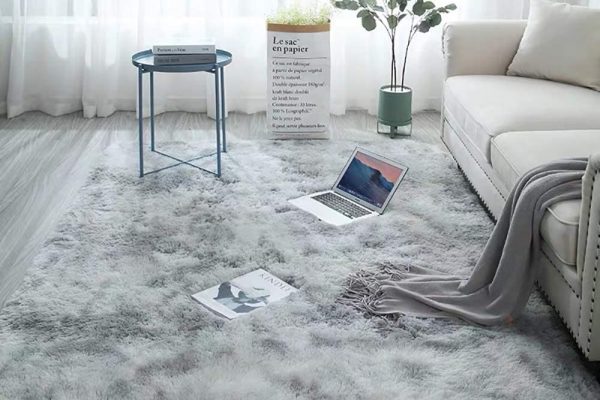
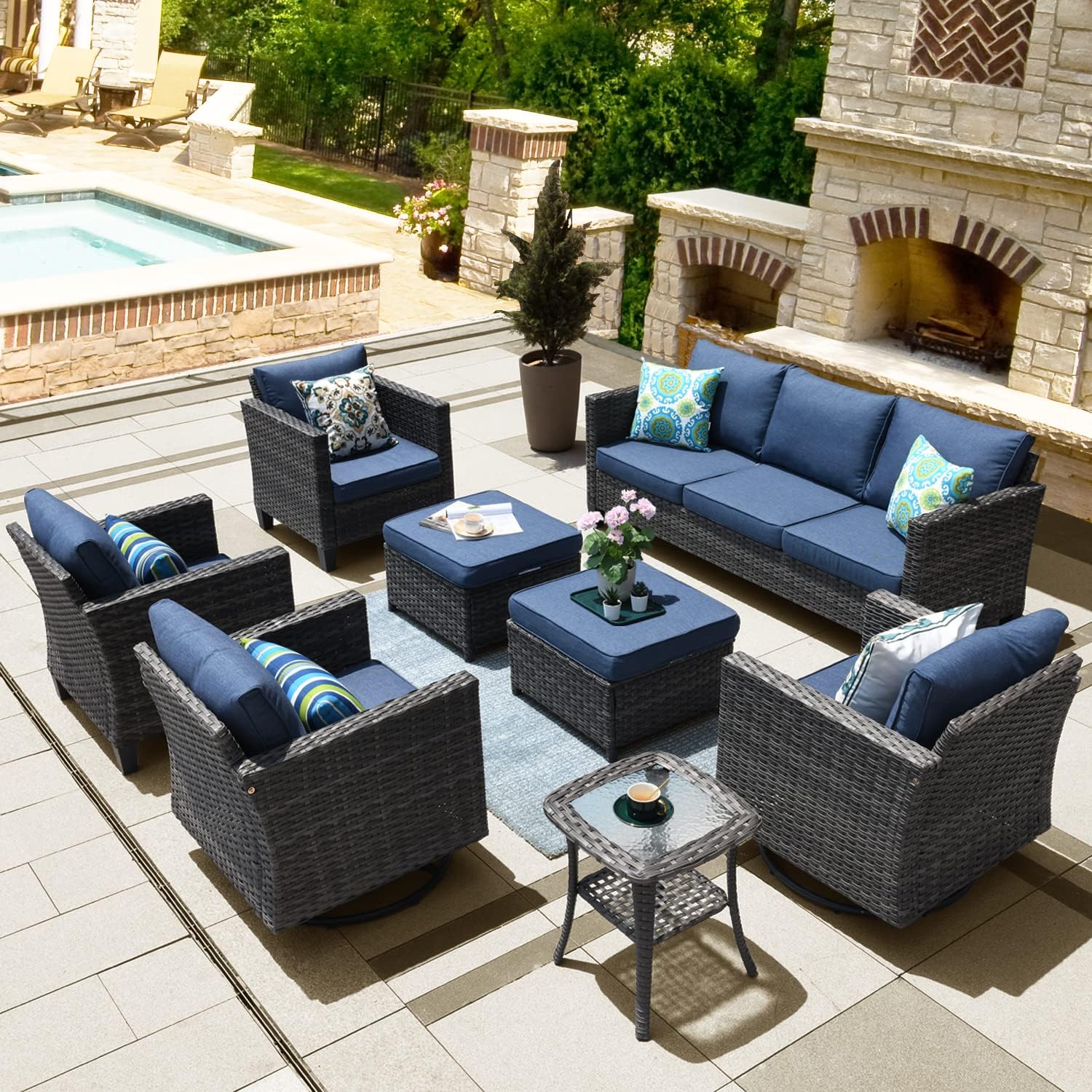

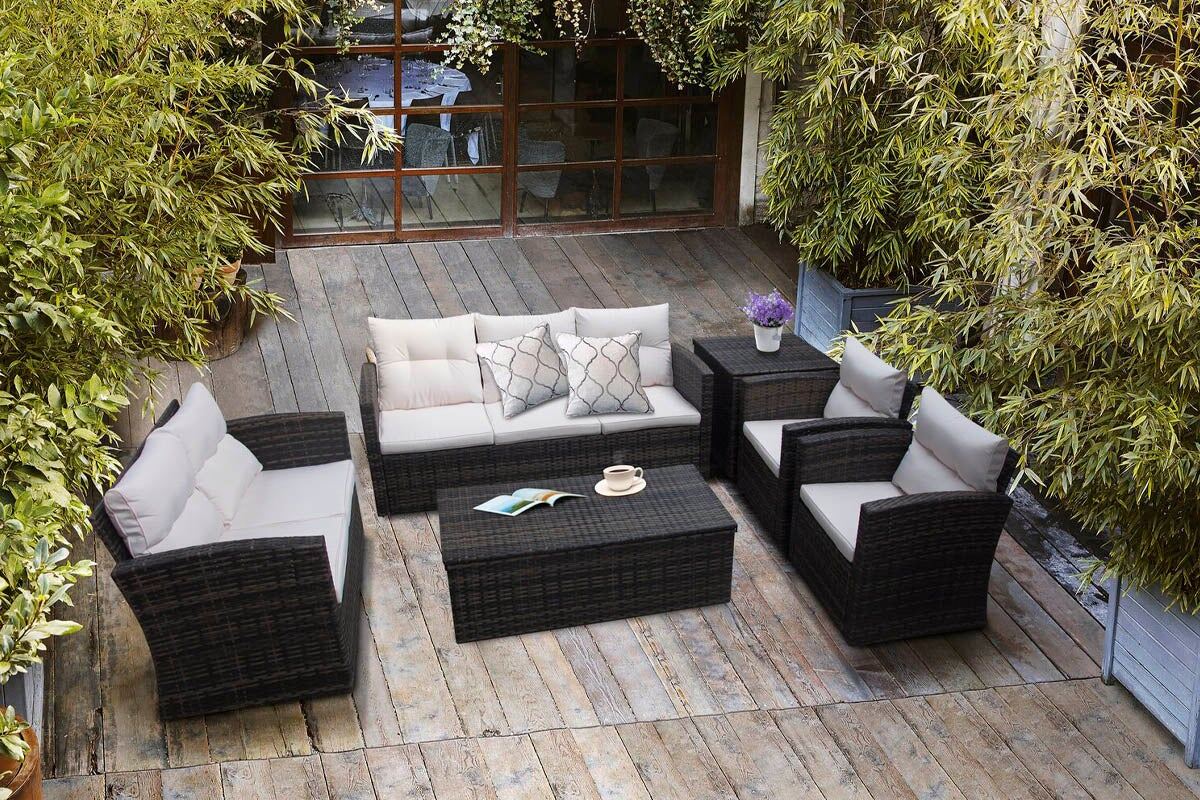
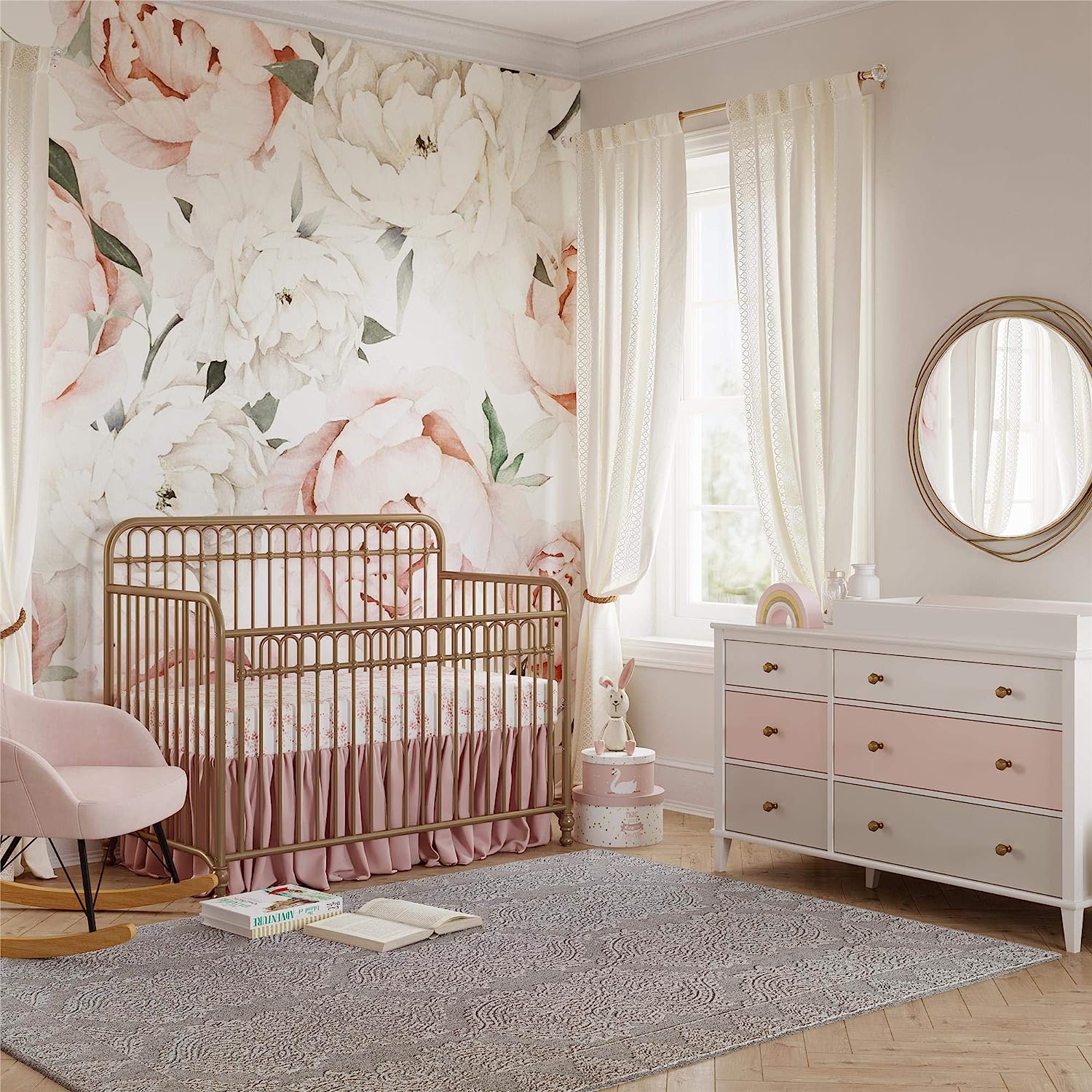
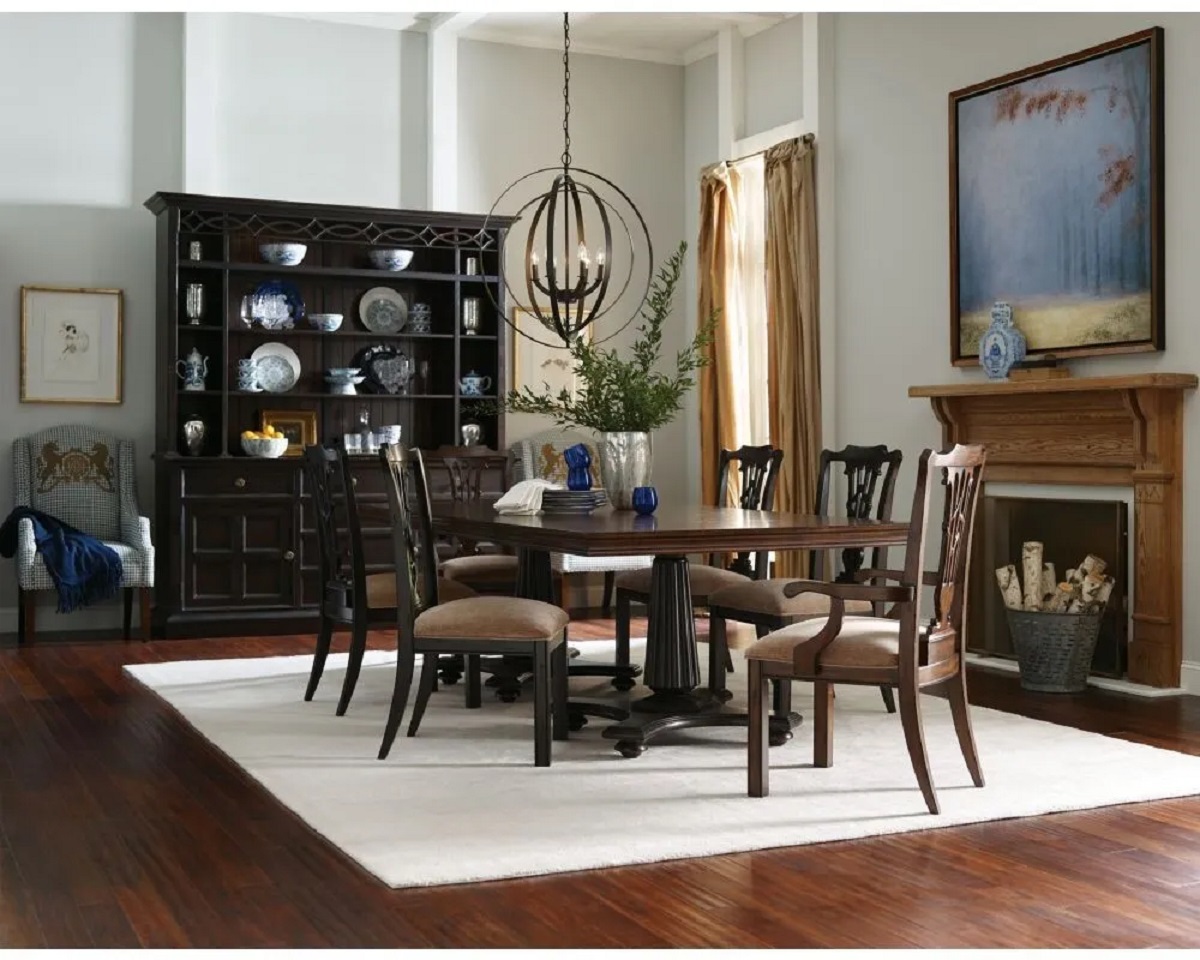
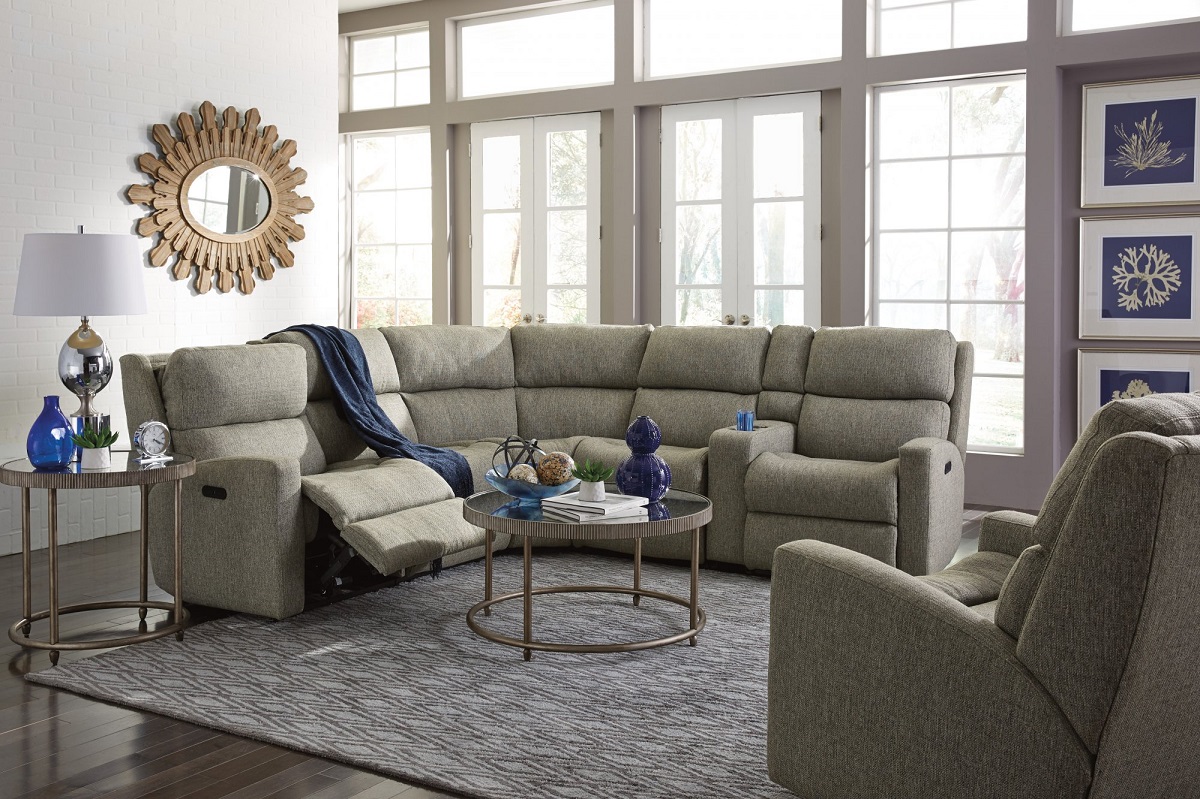

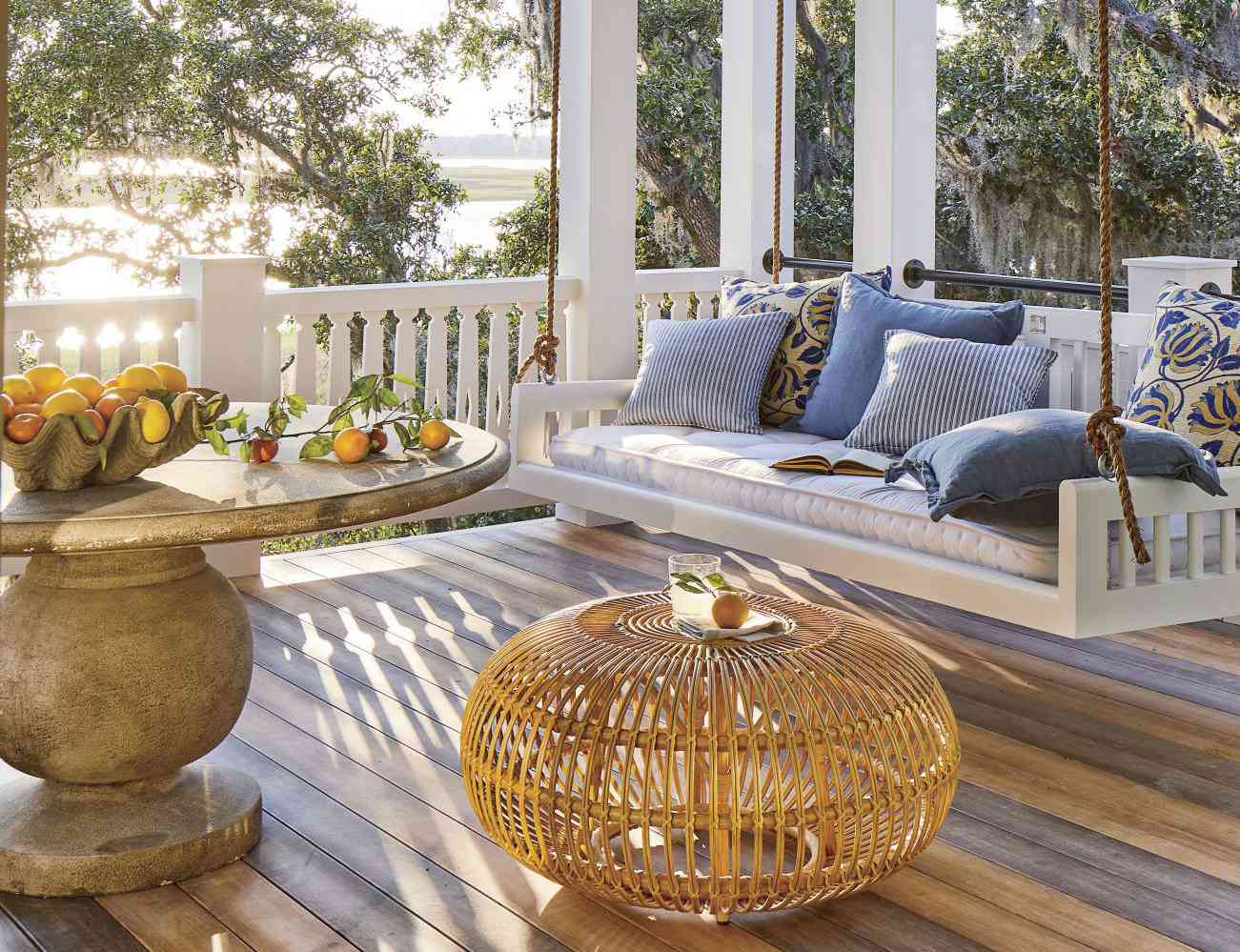
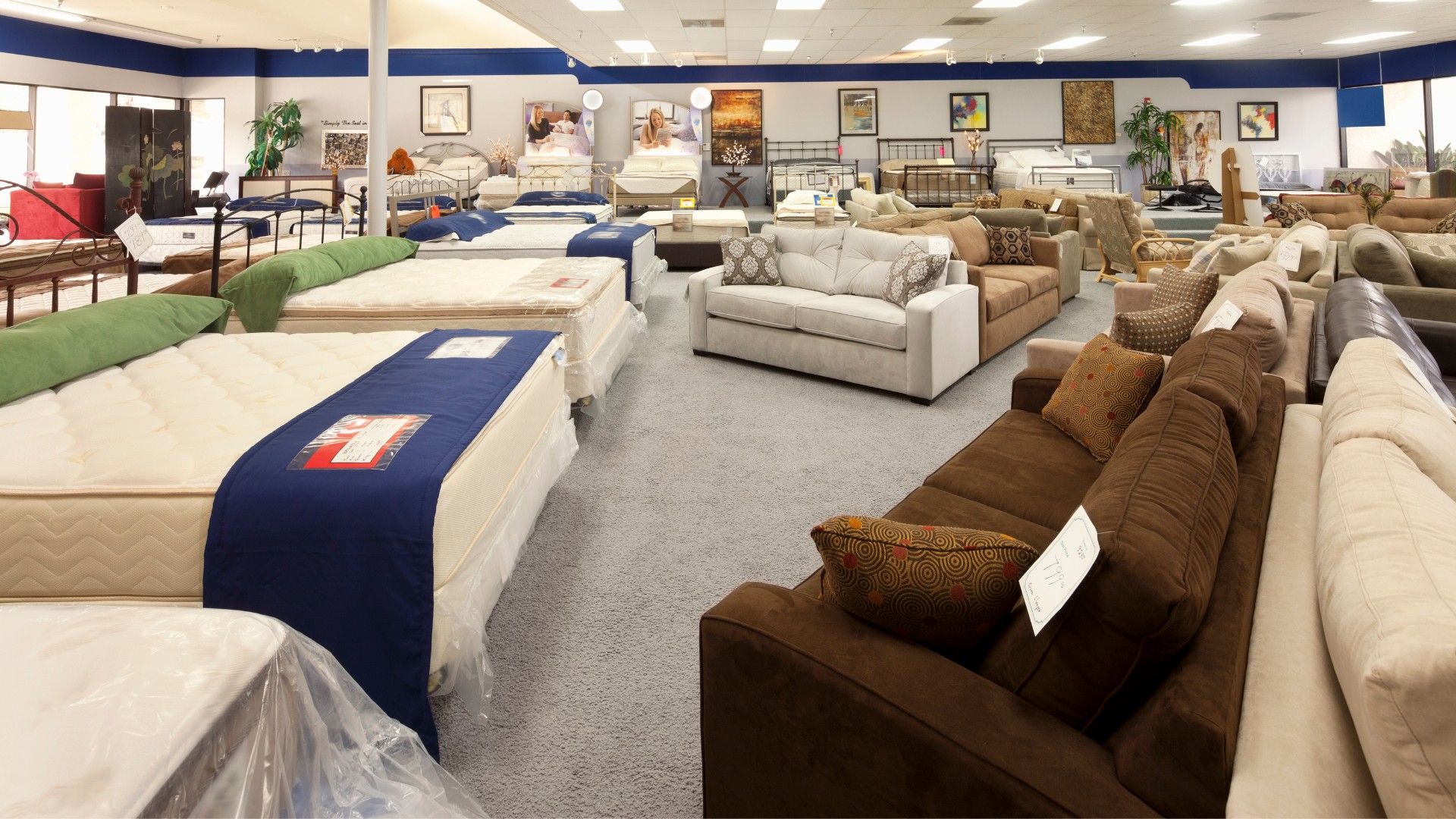
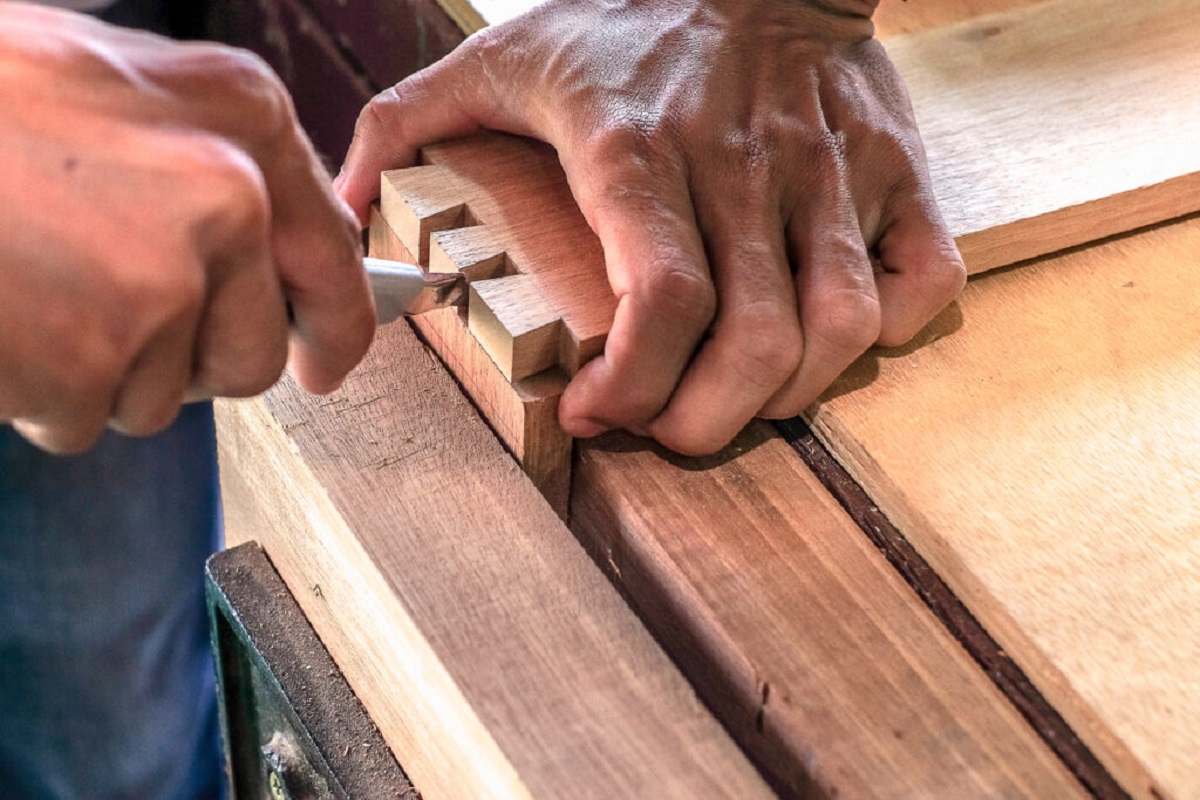


0 thoughts on “Buying Designer Furniture: How To Invest In Original Designs”